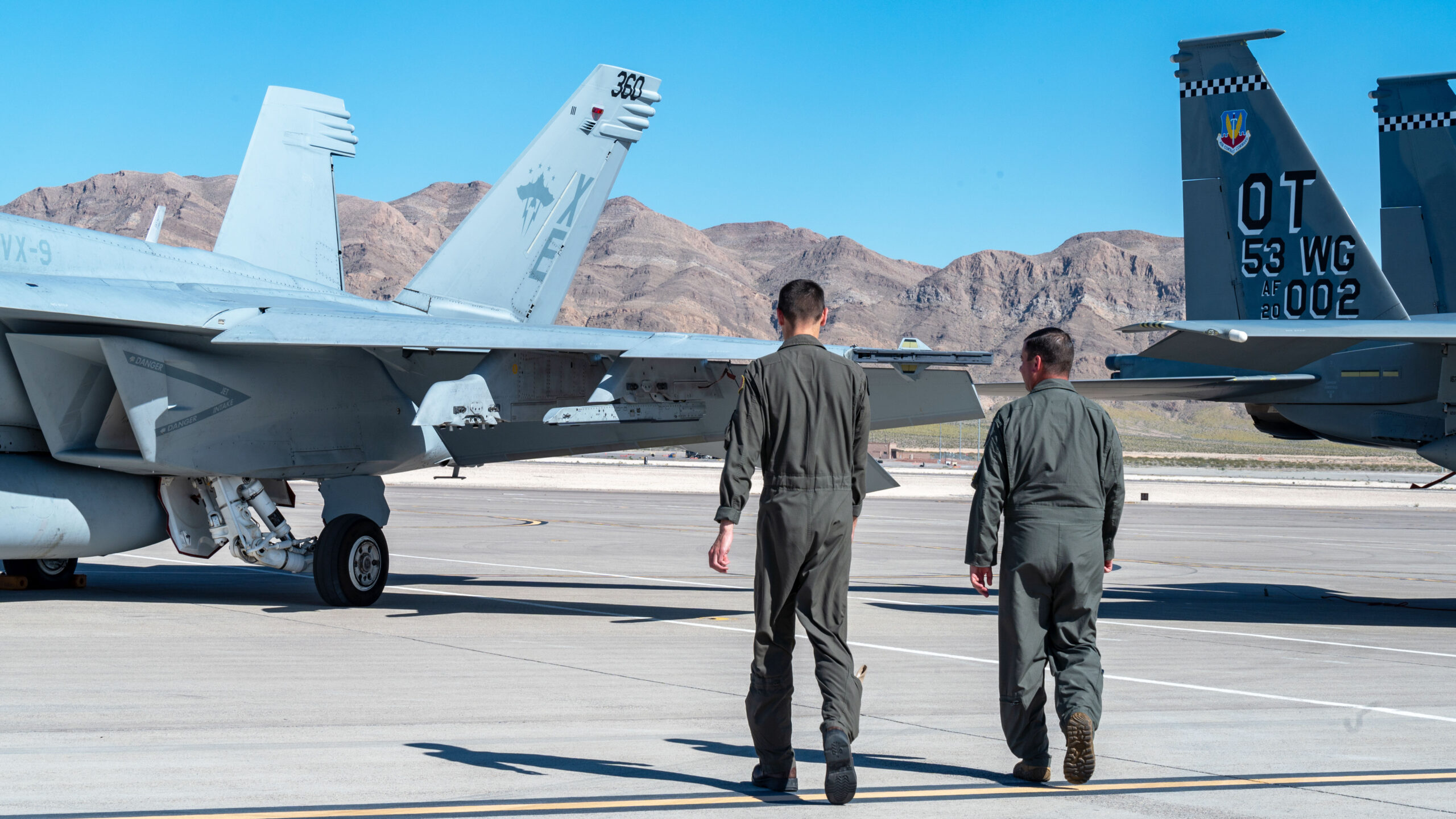This year, for the first time, the U.S. Air Force’s Black Flag large-scale test and evaluation exercise involves a Virtual Black Flag (VBF) test event, bringing together Navy, Army, and Space Force capabilities. This is just the latest development for an exercise that continues from strength to strength, and which is now overtly postured toward preparing for a potential future conflict with China. TWZ spoke with exercise directors from the Air Force and Navy during the most recent iteration of the live-fly exercise, Black Flag 24-1, last month.
In the past, TWZ has explored the origins and major expansion of Black Flag, including the addition of international partners. Black Flag 24-1, out of Nellis Air Force Base, Nevada, was again run by the Air Force’s 53rd Wing, the operational test arm that covers most of what’s new in Air Combat Command (ACC) and much of Air Force Global Strike Command (AFGSC). Now, TWZ is the first to report on the upcoming large-force Virtual Black Flag test event, which takes place later this summer.
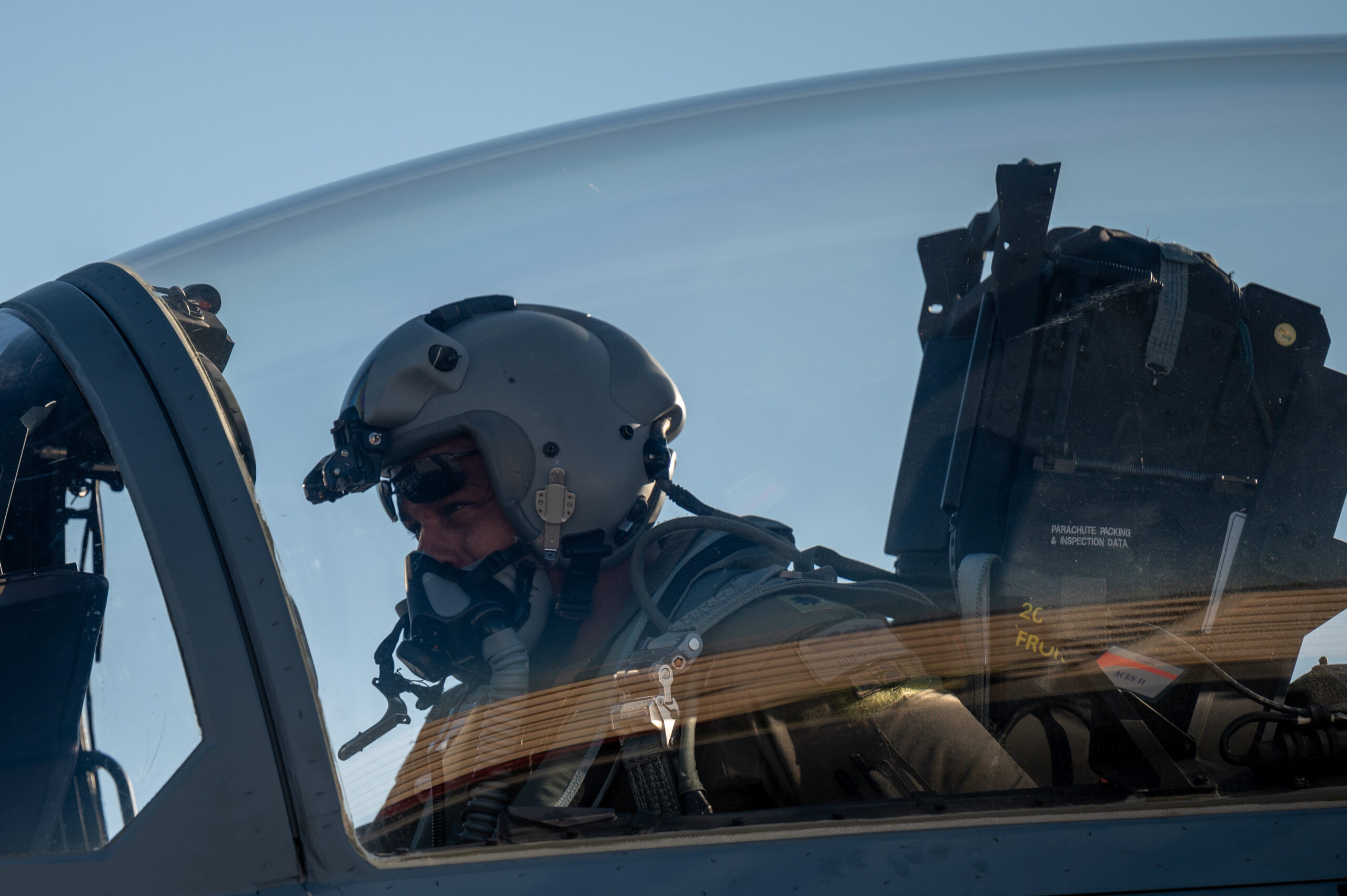
This time, the 53rd Wing partnered with the U.S. Navy’s Air Test and Evaluation Squadron Nine (VX-9), “The Vampires,” which is home stationed at Naval Air Weapons Station (NAWS) China Lake, California. The squadron is responsible for the operational test of the F/A-18E/F, EA-18G, and F-35C — all of which came to Black Flag — and is also well familiar with working alongside its Air Force counterparts.
“We work together all the time, even outside of these major exercises,” Capt. Matthew Davin, VX-9 chief operational test director, explained to TWZ. “But getting our teams together to test in the most realistic environment possible is really core to what we do. It’s all about being effective together by validating our capabilities together in that joint integrated environment. And the more we understand how our collective capabilities complement each other, the more effective we will all be.”
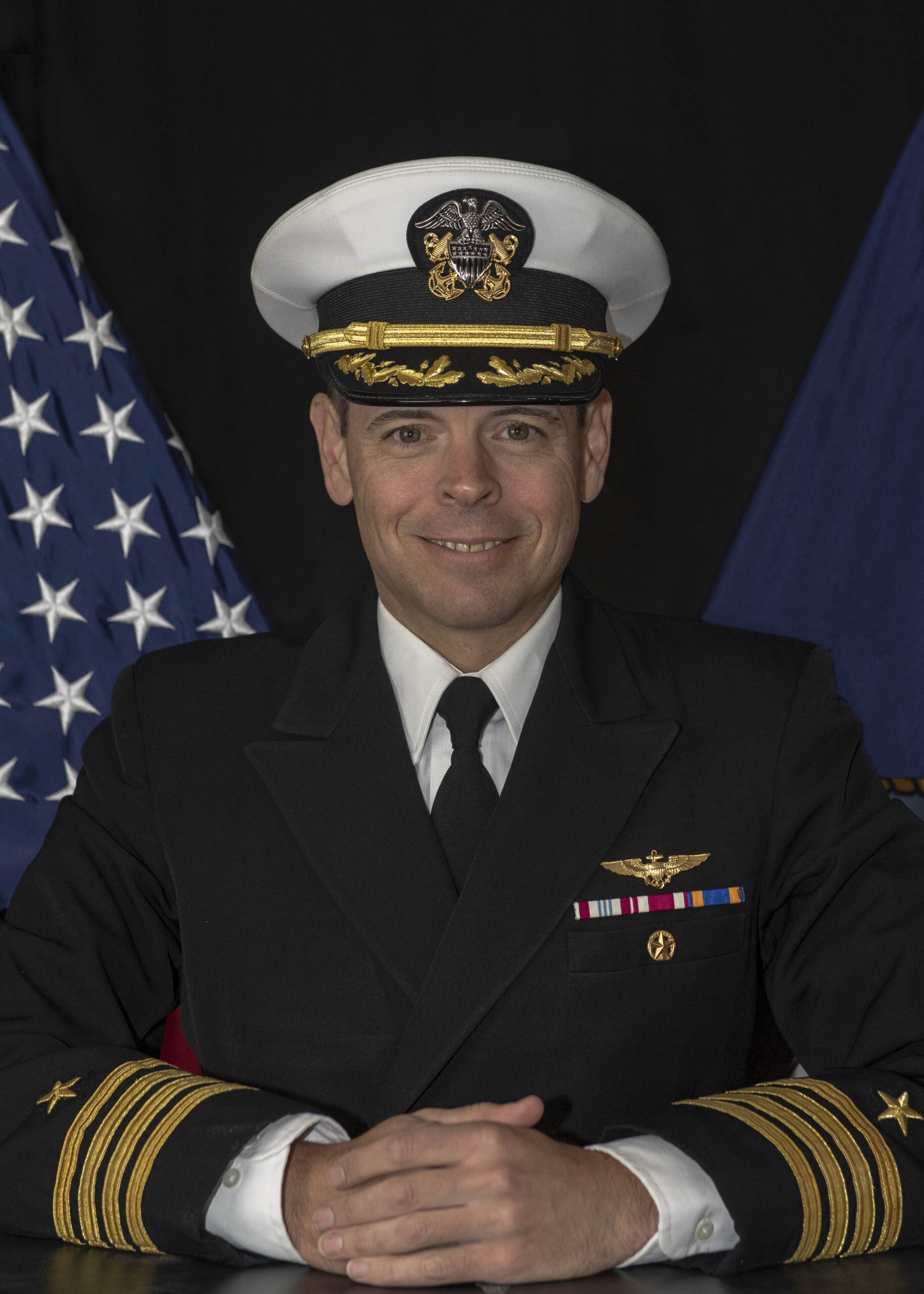
“Integration across both the joint force and our coalition partners is becoming more and more important over time,” Capt. Davin added. “And we are doing more and more purposeful integration throughout our test flight enterprise.”
On the Air Force side, the 53rd Wing brought its full range of assets to Black Flag, including B-1s, B-2s, B-52s, F-16s, F-22s, and, taking part for the first time in the exercise, the F-15EX.
Responsible for leading the team that brought this all together was Col. Daniel Lehoski, 53rd Wing commander. He explained that the live-flying portion of Black Flag was broken down into two main components. The first and most impressive of these were the large-force test events, large-scale maneuvers in which all participants were brought together to execute tactics, techniques, and procedures (TTPs).
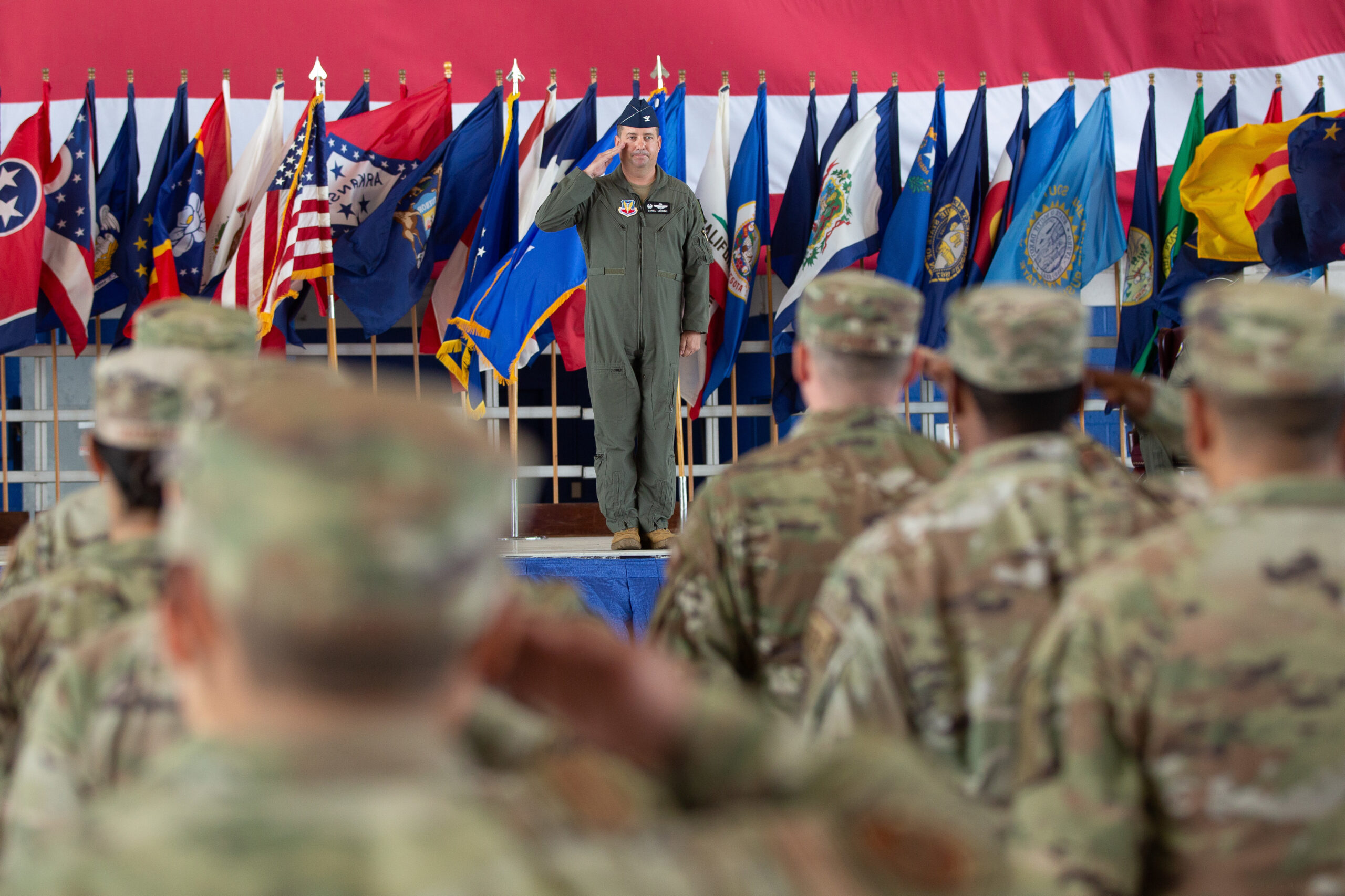
Smaller but no less important were the so-called banner events, in which a single system was under test. While all large-force test events were conducted at night, in a maritime domain, some of the smaller-scale missions were flown during the day. With the focus so firmly on China, it is no surprise that training to fight over the expanses of the ocean is a fundamental part of this and other large-scale exercises.
“One of the key things we’re working on is the F-15EX,” Col. Lehoski explained. “We have just started inclusion of the F-15EX in the fight and as we bring that aircraft on board, we’re making sure it’s ready to go.”
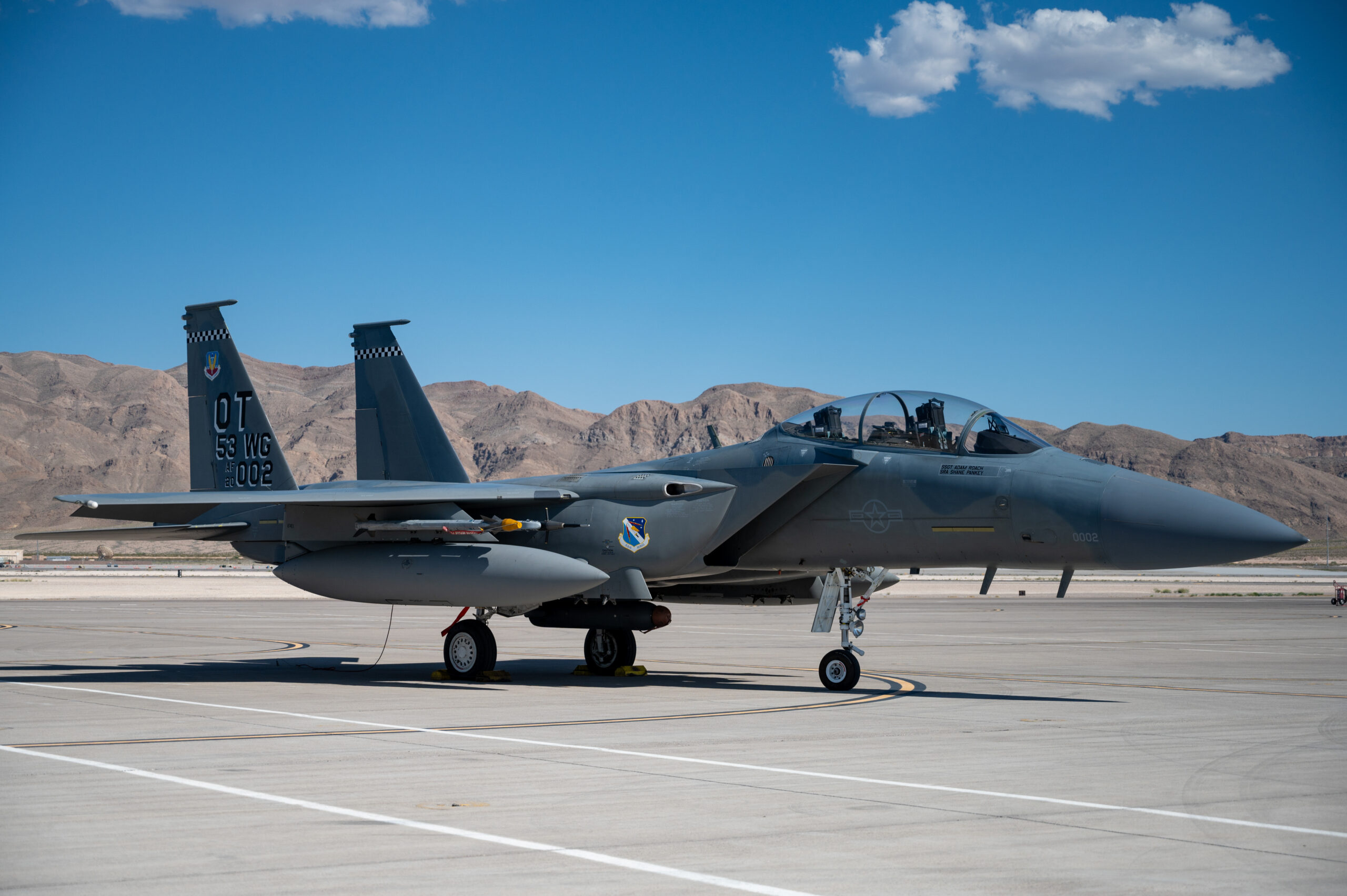
In the past, the Black Flag exercise has been billed as an environment in which established and emerging capabilities can be exposed to an operationally relevant scenario including replication of the kinds of high-end threats and challenges that might be encountered in a future conflict with China.
This year, the signaling was even more explicit.
In a backgrounder provided to TWZ, the 53rd Wing stated that Black Flag 24-1 was focused on “joint-service tactical integration in a maritime environment, and under conditions expected against the Pacing Challenge, the People’s Republic of China Armed Forces.”
“Specifically, the exercise looks at operations countering Chinese long-range air-to-air kill chains and electromagnetic spectrum operations,” the statement added.
On the topic of the Chinese threat, Col. Lehoski admitted that “the fight has changed dramatically over the past few years, and it’ll change even more as we go forward, both on the challenger side and also from a U.S. Air Force and U.S. Navy side.”
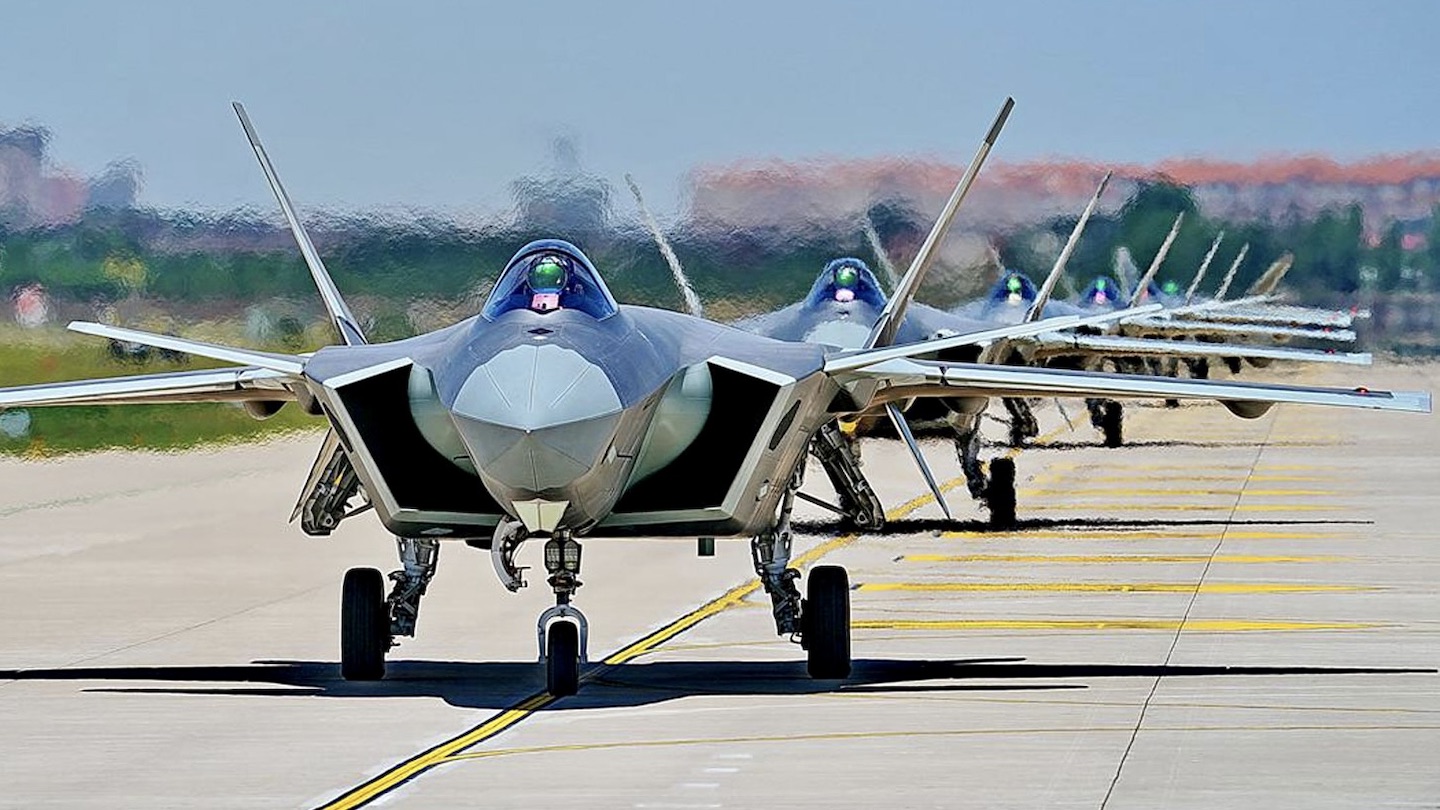
He continued: “Black Flag is the critical operational test event that assures we can deliver war-winning joint tactics, techniques, and procedures that we have vetted in that operational environment, so in case deterrence fails, we’re ready to go night one.”
“Without getting into specific capabilities, what I’ll say broadly, is the competitor has advanced rapidly in the past few years,” Col. Lehoski said. “And they’re pretty clear on what their goals are with their investments across both their air and maritime forces.”
Black Flag is especially critical bearing in mind this pace of change and this also brings up one of the key differences between this exercise and other large-force aerial maneuvers like the well-known Red Flag series out of Nellis.
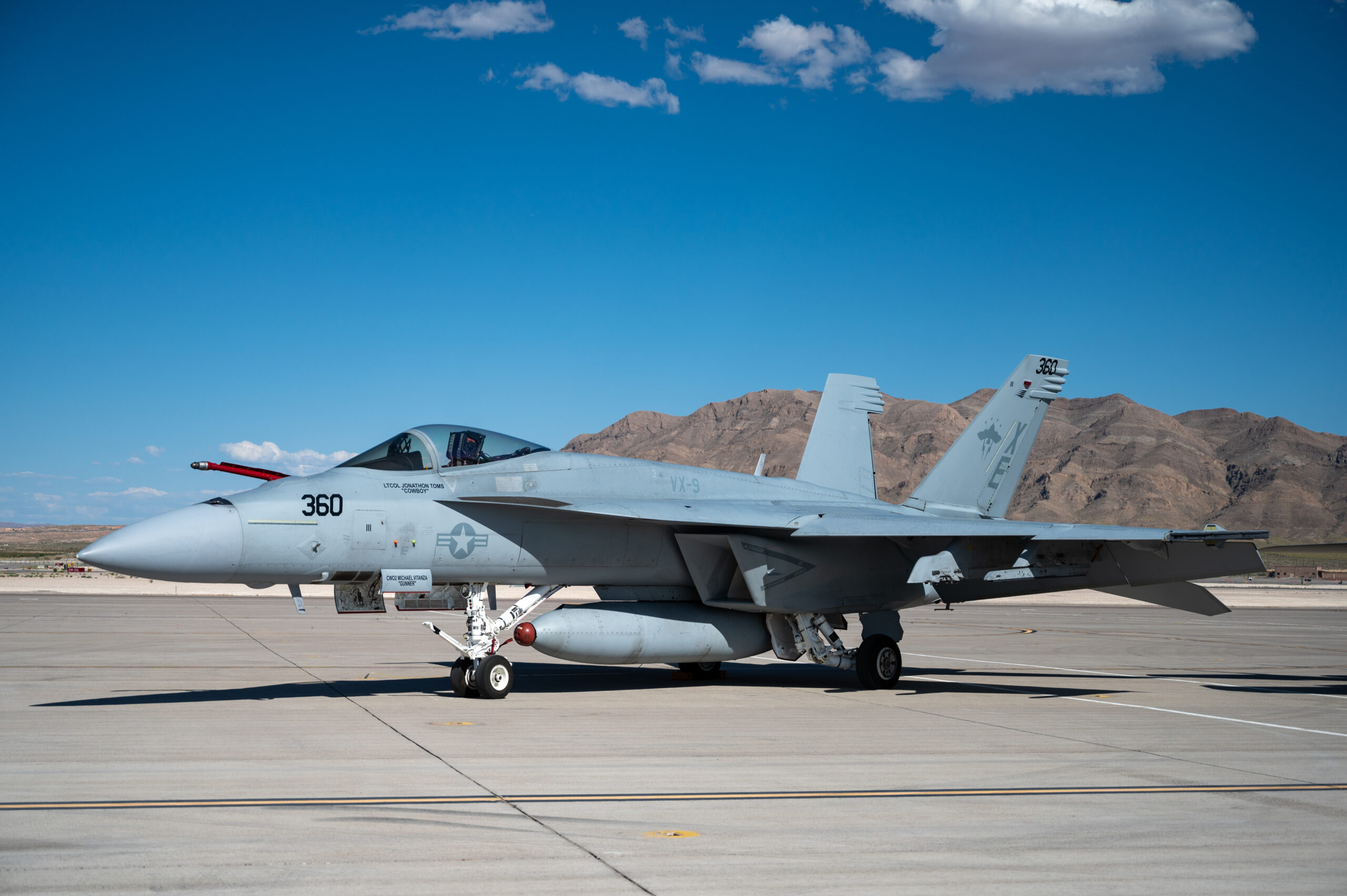
Whereas Red Flag is broadly centered around exposing a new pilot to around 10 sorties that are designed to closely replicate the realism of a real-world combat mission, Black Flag is focused on not just current TTPs, but the kinds of TTPs that are likely going to exist in two or three years from today.
In general, test and training are increasingly embracing the potential of the virtual world, and Virtual Black Flag 24 is no exception, with the new VBF component being inserted to allow units to complete test objectives that simply can’t be accomplished through regular live-flying operations. The step-change that virtual — as well as constructive, and blended types of training — are bringing to the world of air combat is something that TWZ has explored in depth in the past.
“The virtual environment will be a key component in our test enterprise,” Col. Lehoski said. “It will allow for more joint asset involvement, and we’ll be able to accelerate tactics development and evaluation support to the warfighter.”
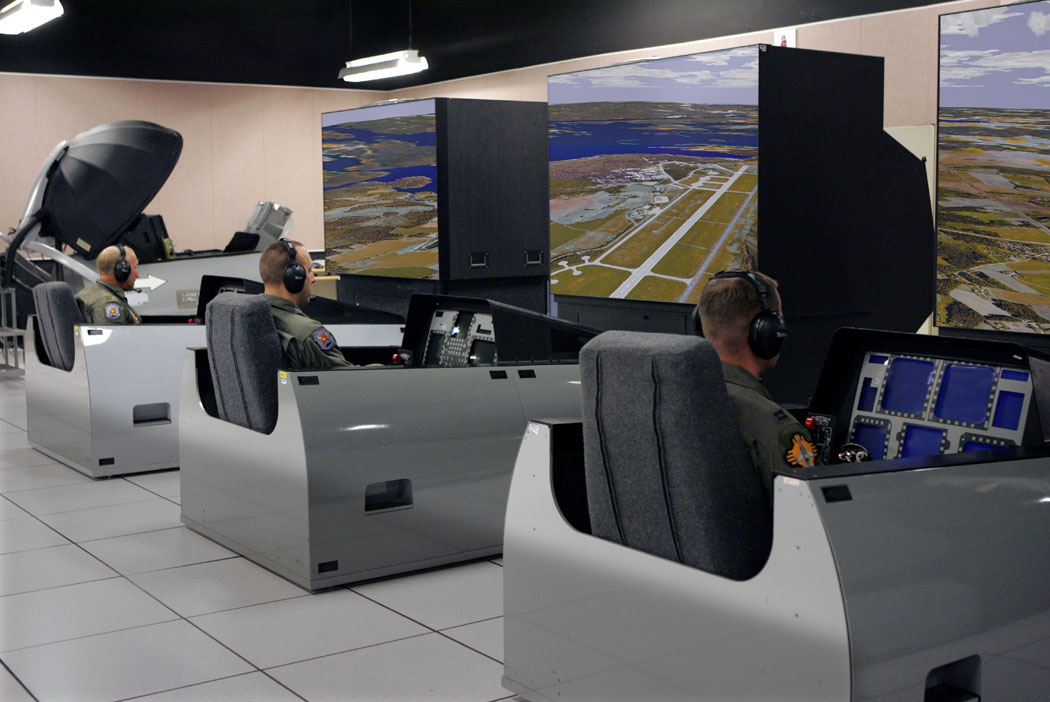
Following the live-fly Black Flag 24-1 event, VBF will run out of an undisclosed Virtual Warfare Center complex with a 100 percent virtual exercise involving the same players as in the previous live-flying part.
From Col. Lehoski’s perspective, the challenge is to ensure the live-flying and virtual elements are truly complementary, something that “takes a lot of finesse. But I think we’ve got a good plan to balance the strengths and weaknesses of both the live and virtual.”
“Live flight test, or training for that matter, is still absolutely critical,” Col. Lehoski elaborated. “There’s something to be said about getting out over the water in the middle of the night with a bunch of airplanes flying around and putting the human beings through those stresses so that that does not change.”
“That being said, live-fly test or training has some fundamental constraints caused by both airspace restrictions, operational security challenges, and threat replication, that we just can’t mitigate. For those things, we go to ‘the zone,’ where I can fight a full-up flight anywhere in the world. If I’m going to do a South China Sea scenario, I can go fly the mission in the South China Sea, I can have the scope and scale of the adversary that we would expect on night one.”
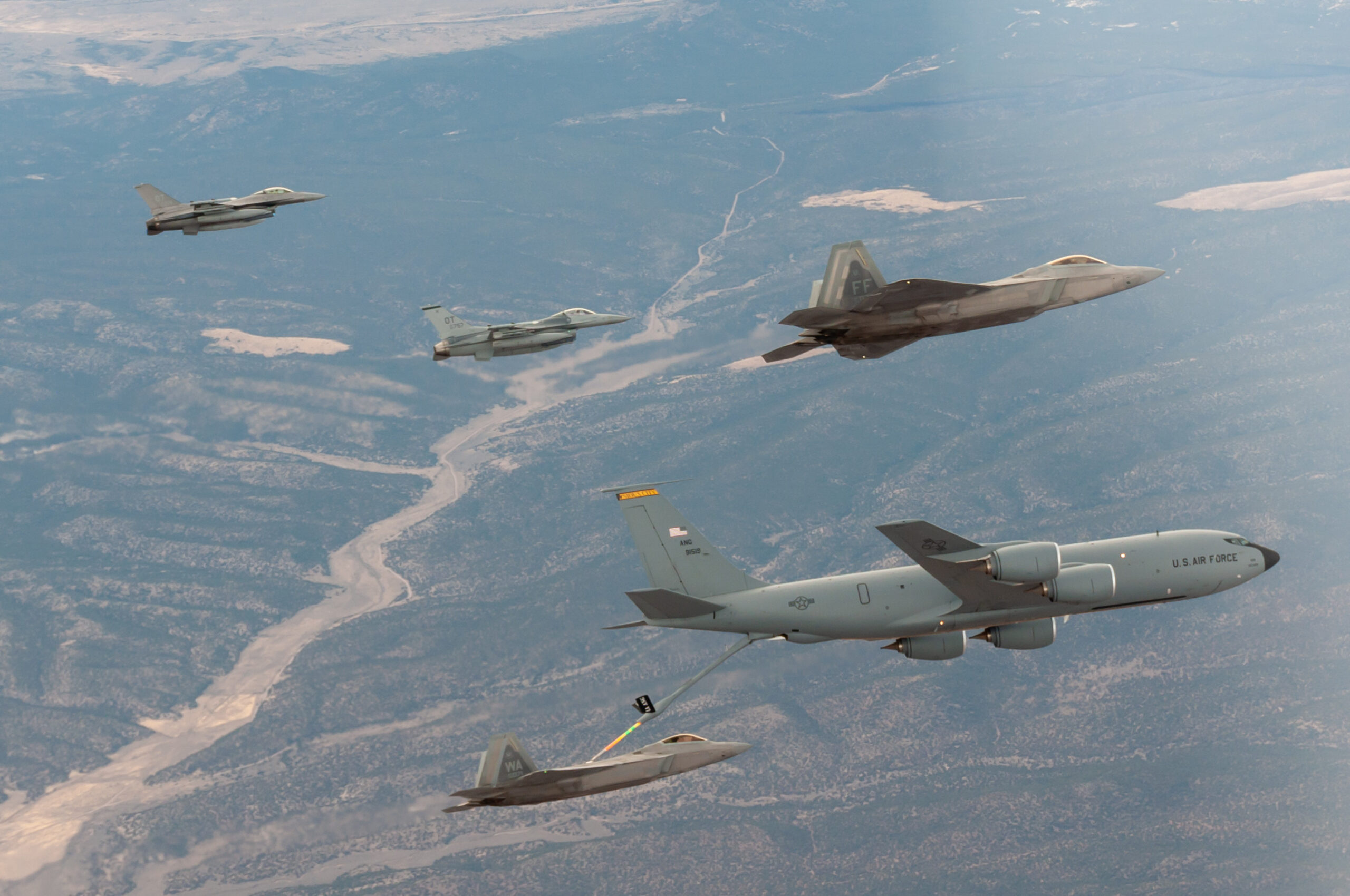
Meanwhile, from an operational security perspective, there are plenty of aspects of these kinds of ‘night one plays’ that the U.S. military simply can’t risk an adversary learning about.
“Doing those things in a virtual environment allows us to do our full tactics without the watching eye of our competitors,” Col. Lehoski added.
The other huge advantage of a virtual exercise is the potential to have almost limitless ‘reps and sets,’ as Col. Lehoski described it. The limitations of live flying are such that a two-week Black Flag exercise is typically able to generate five large-force test events, which is still a massive undertaking. This contrasts with a VBF, over five days, in which the same kind of large-force mission can be repeated 30 times. “It gives us the ability to scale our dataset in ways we just can’t do in Black Flag,” Col. Lehoski explained.
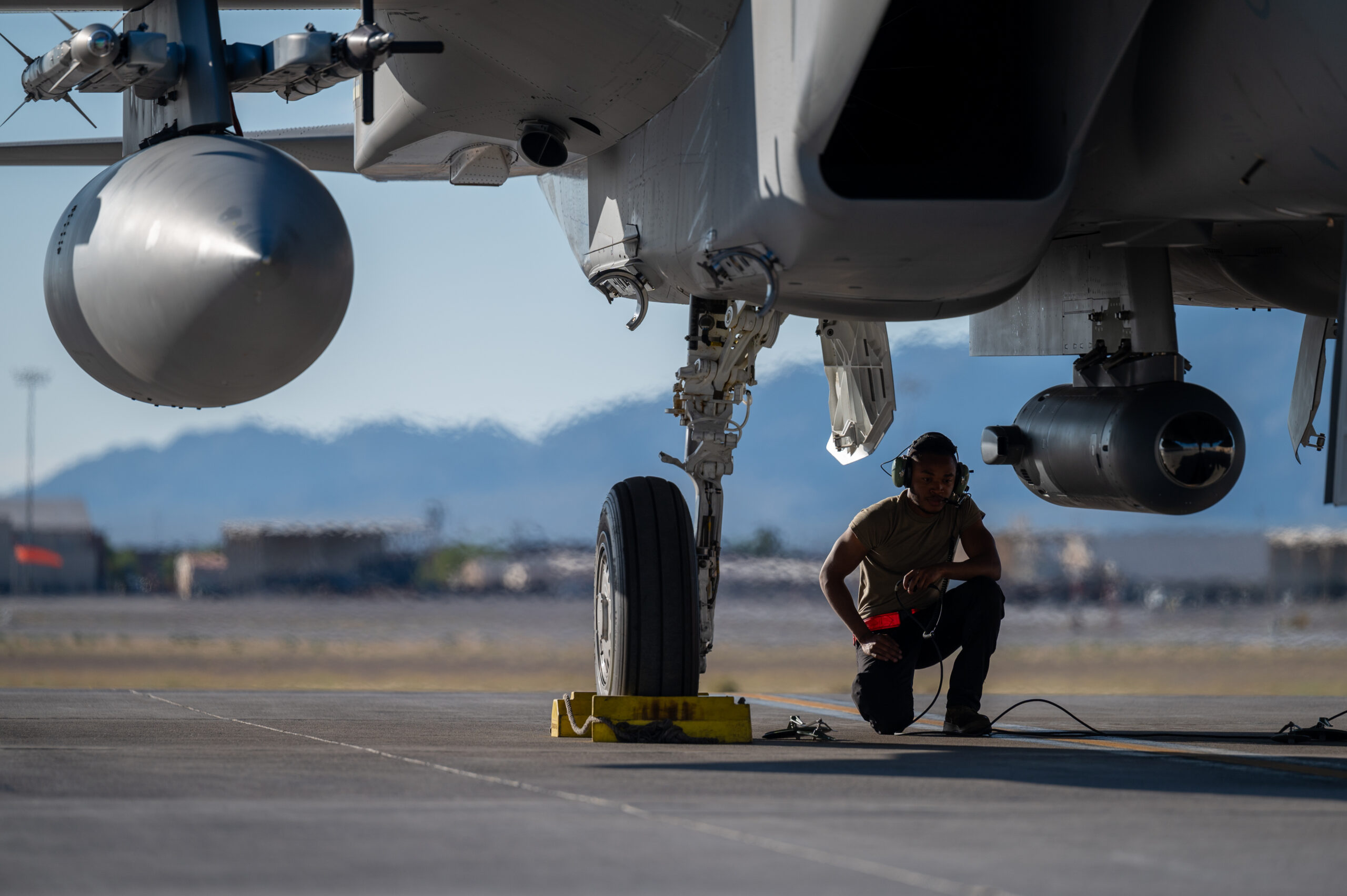
Having the same units take part in a VBF means that everything that has been learned in the previous live-flying scenarios can be expanded upon, with multiple iterations to further refine TTPs and increase the confidence in the data that is being gathered and then pushed out to operational units.
As well as increasingly embracing the virtual realm, the test exercise is also alert to the growing importance of unmanned aircraft and the development of the doctrine needed to achieve the Pentagon’s ambitious plans around manned-unmanned teaming, something you can read more about here.
Col. Lehoski said that an experimental operational unit within the 53rd Wing is already up and running to this end and “they are laser-focused on developing the doctrine, if you will, for how we’ll integrate unmanned assets into these fights. For this Black Flag they’re auditing and looking to see where it would fit in.”
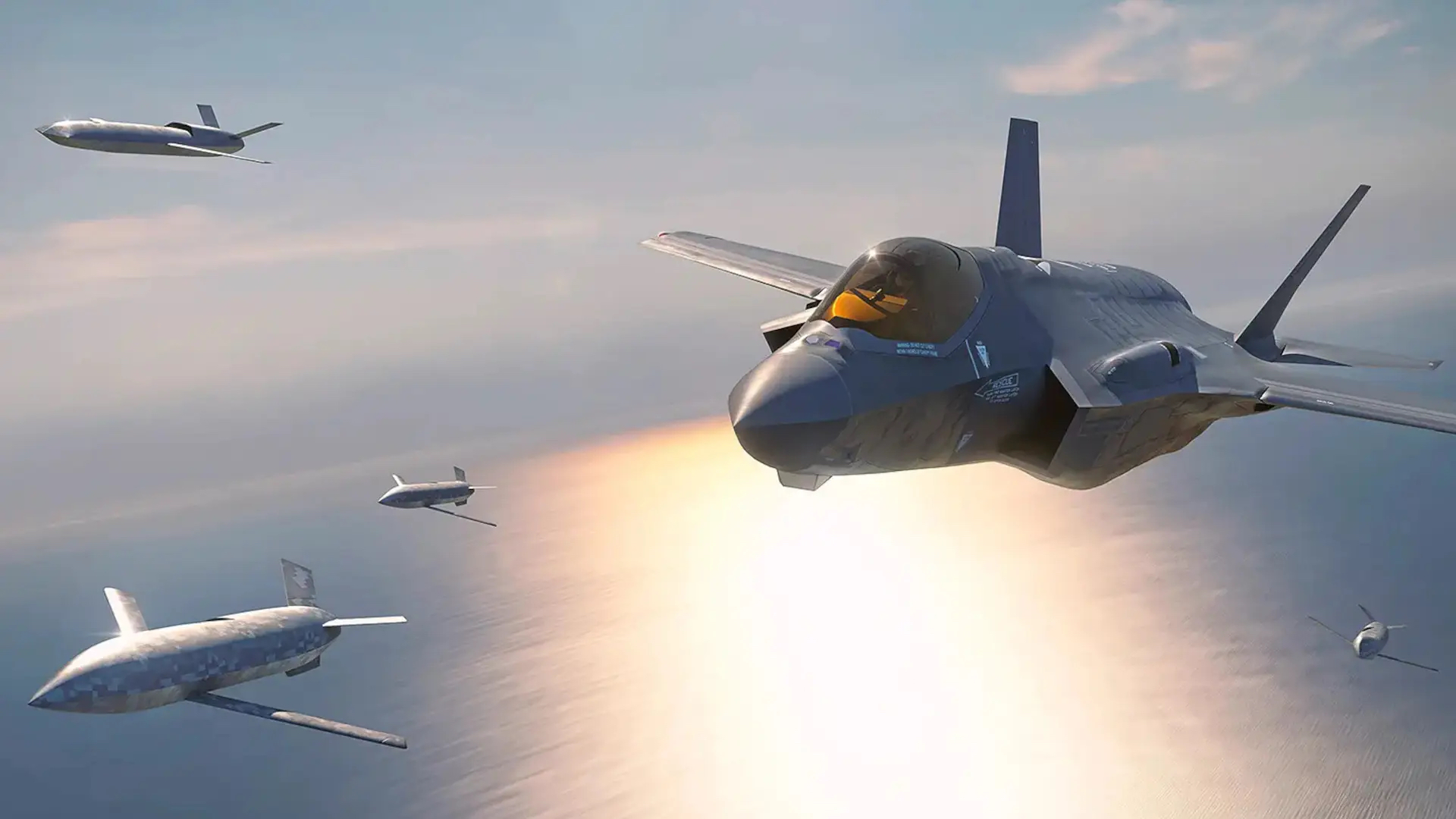
“I think you will rapidly see over the next few months the inclusion of those [unmanned] capabilities in our fight, starting with Virtual Black Flag, where we can constructively put those into the fight and start to develop those tactics, techniques, and procedures.”
Another key focus of the U.S. military — as well as China — at this point is the development of hypersonic weapons.
“Overall we’re laser-focused on how to ensure we can deliver effects at a time or place our choosing anywhere in the world.” To that end, lessons from the recent end-to-end test launch of a live AGM-183A Air-Launched Rapid Response Weapon hypersonic missile, or ARRW, out of Andersen Air Force Base in Guam are being rolled into Black Flag — and especially the forthcoming VBF. You can read more about this unprecedented test launch in our previous report.
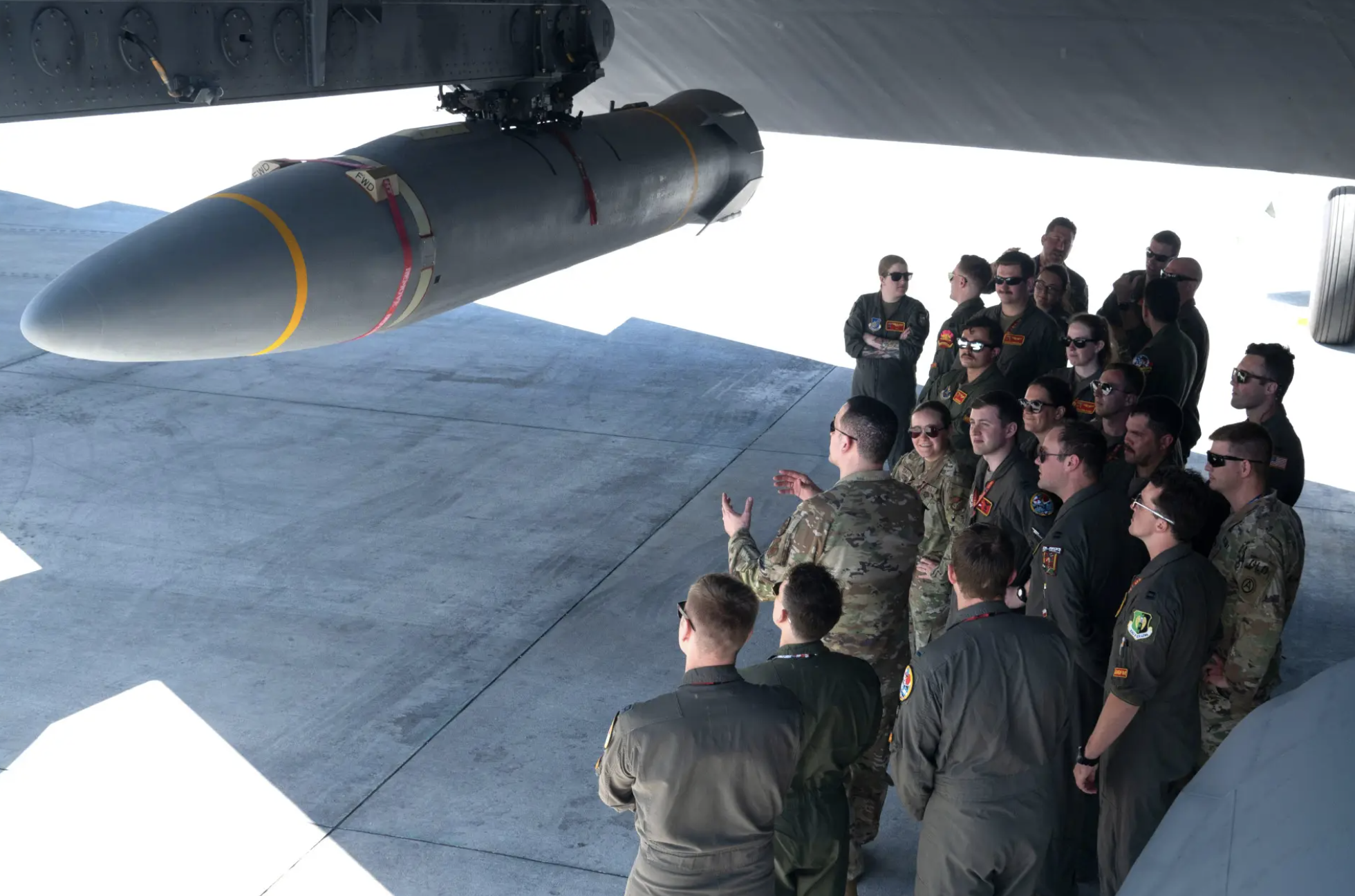
Of the Pacific test, Col. Lehoski explained: “Instead of executing that test in CONUS, we pushed it into theater to put it in the operational environment. And we spent a lot of time and energy to get the target set correct. A lot of work went into it. Using some very special equipment that we had deployed to make sure we got a hyper-realistic test was really key.”
“We’ll take that data and put it into our Virtual Black Flag, for all the reasons listed previous. We will build on the test data we gathered back in March, and our lifelike hypersonic weapons test we conducted in the Indo-Pacific.”
The rapid pace of development in the field of hypersonics and unmanned aircraft, to name just two, and the challenges that come from inserting those capabilities into a live-flying exercise make the new Virtual Black Flag all the more important. At the same time, the organizers of this premier test-based exercise stress the vital importance of having a balance of both live and virtual environments. With that in mind, the future for Black Flag — live and virtual — looks bright.
Contact the author: thomas@thewarzone.com
